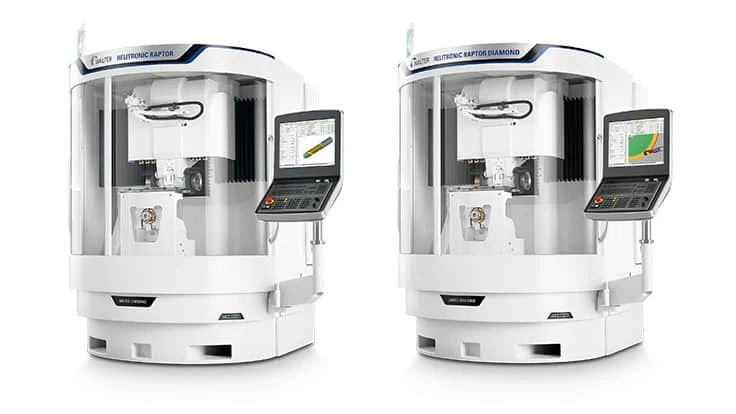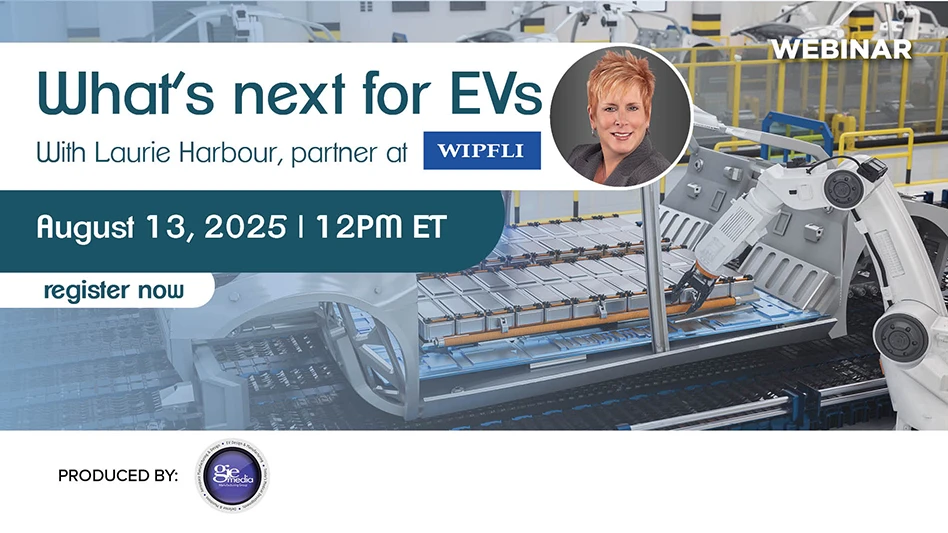
United Grinding North America


Walter Helitronic Raptor and Helitronic Raptor Diamond grind and re-sharpen rotationally symmetrical tools. Raptor – Well-suited for shops that don’t require automatic tool support systems, automatic grinding wheel changers, or similar features, but still need flexibility for diverse types of tools.
- 15.4hp (11.5kW) spindle
- Up to 12.6" (320mm) diameter; 11.0" (280mm) length tools, including end face operations
- Walter Helitronic Tool Studio software for tool grinding efficiency
Raptor Diamond – Fine Pulse Technology produces tools with smoother, perfected exteriors and cutting edges along with super-fine finishes. Fine Pulse Technology finely finishes tools made from the most common polycrystalline diamond (PCD) types, from 10µm grain size to coarse-grained formulations. Diamond is suitable for shops that do not require features such as automatic tool support systems or automatic grinding wheel/electrode changers, but still need a high degree of flexibility in the working area for diverse tools.
- 15.4hp (11.5kW)
- Up to 15.7" (400mm) diameter, 10.6" (270mm) length tools including end face operations
- Standard HSK interface for electrode/wheel grinding
Get curated news on YOUR industry.
Enter your email to receive our newsletters.
Explore the August 2020 Issue
Check out more from this issue and find your next story to read.
Latest from Today's Medical Developments
- Localizing robotics: Yaskawa's commitment to American manufacturing
- OPEN MIND Technologies’ hyperMILL 2025 CAM software innovations, enhancements
- July Lunch + Learn with SW North America
- Stryker raises full-year guidance despite muted investor reaction
- Unlocking 3D vision: Basler AG launches Stereo ace camera series
- Lisa Anderson, supply chain & manufacturing expert, comments on the One Big Beautiful Act and its implications for US manufacturers
- Tooling and clamping solutions for optimum machining performance
- BGS US launches state-of-the-art E-Beam sterilization facility






